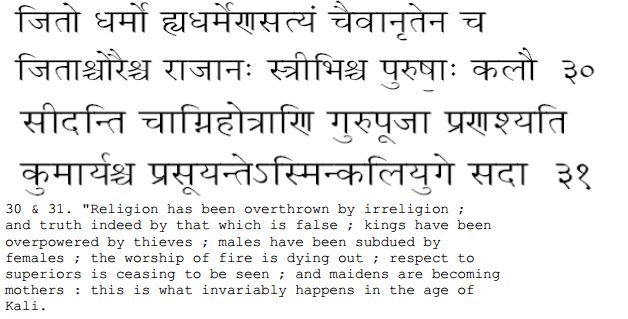TL;DR: May or may not be permitted for Kshatriyas, but forbidden for everyone else, and not encouraged for Kshatriyas either.
Technically there is no such thing as premarital intercourse in Hinduism. Whenever two people consummate a relationship, regardless of the circumstances, it is usually classified as a marriage of one sort or another. It's even considered a marriage if the woman doesn't consent, like if she's drugged or unconscious. The only question is whether it is a good marriage or a bad marriage, a marriage sanctioned by Hinduism or one that's strictly forbidden.
This chapter from the Manu Smriti describes the different kinds of marriage, which ones are permitted for which castes, and the consequences of doing one marriage vs. the other.
Here is the description of the eight types of marriage:
[1.] The gift of a daughter, after decking her (with costly garments) and honouring (her by presents of jewels), to a man learned in the Veda and of good conduct, whom (the father) himself invites, is called the Brahma rite.
[2.] The gift of a daughter who has been decked with ornaments, to a priest who duly officiates at a sacrifice, during the course of its performance, they call the Daiva rite.
[3.] When (the father) gives away his daughter according to the rule, after receiving from the bridegroom, for (the fulfilment of) the sacred law, a cow and a bull or two pairs, that is named the Arsha rite.
[4.] The gift of a daughter (by her father) after he has addressed (the couple) with the text, 'May both of you perform together your duties,' and has shown honour (to the bridegroom), is called in the Smriti the Pragapatya rite.
[5.] When (the bridegroom) receives a maiden, after having given as much wealth as he can afford, to the kinsmen and to the bride herself, according to his own will, that is called the Asura rite.
[6.] The voluntary union of a maiden and her lover one must know (to be) the Gandharva rite, which springs from desire and has sexual intercourse for its purpose.
[7.] The forcible abduction of a maiden from her home, while she cries out and weeps, after (her kinsmen) have been slain or wounded and (their houses) broken open, is called the Rakshasa rite.
[8.] When (a man) by stealth seduces a girl who is sleeping, intoxicated, or disordered in intellect, that is the eighth, the most base and sinful rite of the Pisakas.
So the sort of thing you're talking about would be classified as a Gandharva marriage. Let's see what marriages are permitted for what castes:
The sages state that the first four are approved (in the case) of a Brahmana, one, the Rakshasa (rite in the case) of a Kshatriya, and the Asura (marriage in that) of a Vaisya and of a Sudra. But in these (Institutes of the sacred law) three of the five (last) are declared to be lawful and two unlawful; the Paisaka and the Asura (rites) must never be used. For Kshatriyas those before-mentioned two rites, the Gandharva and the Rakshasa, whether separate or mixed, are permitted by the sacred tradition.
So "the sages", whoever they are, apparently say that the Gandharva marriage is forbidden for everyone, but the Manu Smriti is saying that they're wrong, and that a Gandharva marriage is actually permitted for Kshatriyas.
In any case, even if the Kshatriyas are allowed to have a Gandharva marriage, that doesn't mean that it's encouraged. Marriages higher up on the list are still considered the best.

